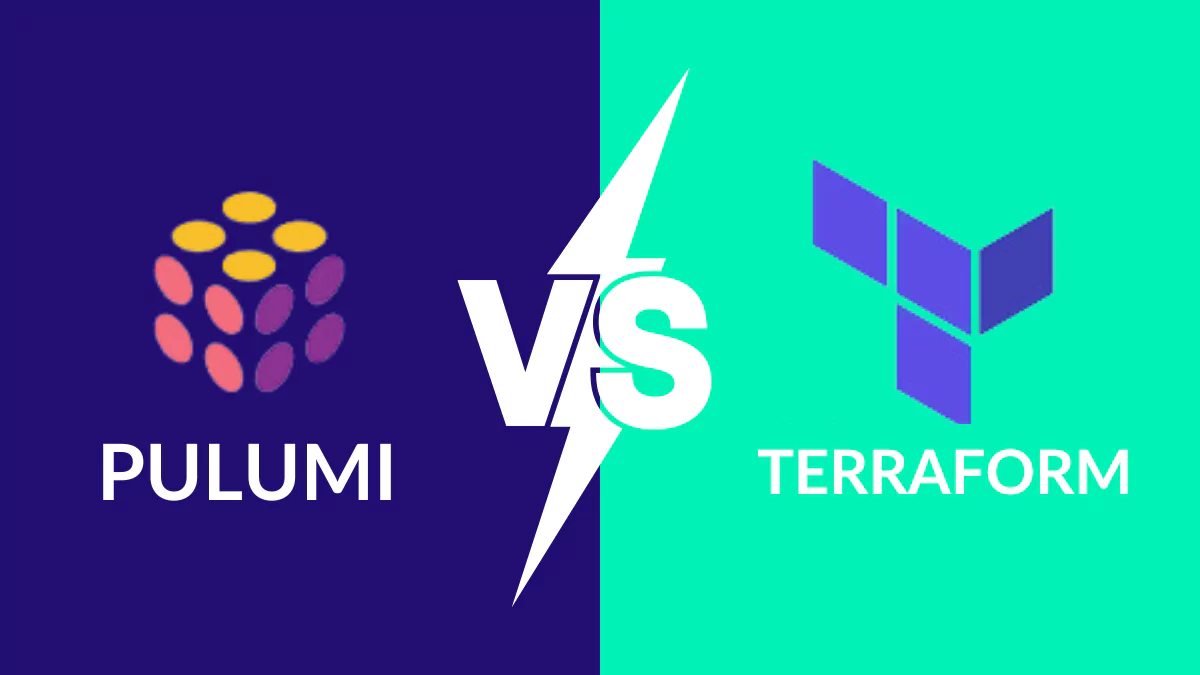IaC is used to create environments for infrastructure automation. It is the ability to provision and support your computing infrastructure using code rather than manual processes and settings. The common uses of IaC are in software development to build, test, and deploy applications. Additionally, it helps manage servers, storage, and networks in data centers. IaC is supposed to help simplify large-scale configuration and management by automating the management and provisioning of infrastructure.
What are the Advantages of using IaC Platforms?
- IaC speeds up setup.
- It automates tasks. This reduces labor costs.
- IaC helps corporates to scale their infrastructure to support application growth.
- It improves consistency and cuts down human errors.
- Moreover, it tracks changes, making users accountable.
- IaC boosts efficiency in development and DevOps.
- It reduces errors and risks with a tested approach.
- It makes bug fixes easier, so developers can quickly change, test, and deploy code.
Some of the Key Challenges for IaC Include:
- Syntax and tool-specific language requirements: Multiple IaC tools use different languages and syntaxes. For Example, Terraform uses HCL (HashiCorp Configuration Language), and Pulumi allows users to use general-purpose programming languages like – JavaScript, TypeScript, Python, etc.
- Security assessment processes: The team might have to manually check resources to ensure they are operational and being used by the right applications. Although this step builds confidence, tuning your legacy security tools to IaC could take many iterations.
- IaC monitoring can be challenging: You might require additional tools to track who is provisioning what, where, how often, and what the cost of that is. You might find it challenging to track usage using old monitoring tools such as worksheets.
Some IaC Platforms Include:
- Terraform
- Pulumi
- Crossplane
In this article, we will be focusing on Terraform and Pulumi as IaC platforms.
What is Terraform?

Terraform is an IaC tool that enables engineers to define software infrastructure using code. Moreover, it serves as a tool for provisioning, managing, and deploying infrastructure resources. Terraform makes it possible for you to manage your applications across multiple cloud providers using a single tool. Developers need to do the following in order to get started with the Terraform platform:
- Download the Terraform binary.
- Choose a provider (AWS, Google Cloud, Azure, Heroku, etc).
- Create basic configurations for that provider.
- Then, start writing infrastructure code.
- You write the desired end state in the code, and Terraform ensures it is achieved
When you write code, you have to specify the desired end step, and Terraform will take steps to ensure that the end state is achieved.
The typical workflow for provisioning resources with Terraform is as follows:
- Some Terraform configuration is written; this includes the provider definition as well.
- Root module: The working directory is initialized
- Download the provider plugins
- ‘Terraform plan’ is the command run in the root module, which generates a proposed plan to provision resources
- If the plan is suitable, run the command ‘terraform apply’ to provision the resources
What are the Benefits of Terraform?
- A declarative paradigm is used to write the Terraform configuration
- It is widely adopted
- Enable immutability
- Terraform is modular
IaC tools like Terraform means that infrastructure configuration can be brought into the same development processes, which allow for testing, standardization, and scalability.
What is Pulumi?

Pulumi is an open-source IaC tool that supports existing, common programming languages. Moreover, It works best with the Pulumi Service to make managing infrastructure secure, reliable, and hassle-free. Additionally, Pulumi’s IaC SDK makes it easy to build and deploy infrastructure on any cloud, using any programming language.
Some features of Pulumi include:
- You can use any language, such as JavaScript, Python, Go,.NET, Java, and YML, to model cloud infrastructure by leveraging the features of each language
- It provides infrastructure from more than fifty cloud and SaaS providers
- Pulumi offers a complete and consistent interface designed to reduce cloud complexity
- It provides code converters, which means that you can bring any code from any resource and get it in your preferred languages
Pulumi is a relatively new tool in comparison to Terraform, and this implies that it has a rather small community, making it difficult to get answers or support.
Pulumi vs Terraform
Pulumi and Terraform are both IaC technologies that have similarities as well as many fundamental differences. The former is an open-source platform that offers the flexibility to use any programming language you wish to manage infrastructure. Moreover, it makes the platform widely accessible to developers and DevOps engineers from any background. On the contrary, HashiCorp Configuration Language (HCL) is used by Terraform. It is an open-source programming language and it is specifically designed for defining Infrastructure as code.
Some of the key differences include:
Pulumi:
- Language support: Python, TypeScript, JavaScript, Go, C#, F#, Java, YAML
- IDE Support: Code completion, strong typing, error squiggles, rich resource documentation, etc.
- State Management: Managed through Pulumi Cloud by default; self-managed options available.
- Infrastructure Reuse and Modularity: Flexible. Reuse functions, classes, packages, and Pulumi components.
- Testing and Validation: Unit, property, and integration testing. Supports popular test frameworks.
- Modes of Execution: Run CLI commands or initiate commands programmatically with Automation API.
- Secrets Management: Yes, the system encrypts secrets in transit and in the state file
- Adopt Existing Resources: Generates codes as part of the import processes
Terraform:
- Language support: HCL
- IDE Support: Limited
- State Management: Self-managed by default, managed SaaS offering available
- Infrastructure Reuse and Modularity: Constrained. Can only reuse Terraform modules
- Testing and Validation: Integration testing only
- Modes of Execution: Run CLI commands or perform remote runs with SaaS offerings
- Secrets Management: No, Terraform stores secrets in a separate product (Vault). There is no way to encrypt them in the state file
- Adopt Existing Resources: No code generation capabilities
Is Pulumi Better than Terraform?
- Pulumi supports multiple languages
- Pulumi offers better Kubernetes support. So, if you want your IaC to fully handle the infrastructure lifecycle, then Pulumi should be your preferred choice. Many consider Terraform’s support to be rather basic
- Pulumi is an open-source platform that supports many cloud providers
- Moreover, Pulumi’s SDK offers a flexible license for most use cases
Yes, in comparison to Terraform, one could consider Pulumi a better option. However, we should also consider the fact that Terraform is more widely accepted and has a larger customer base. Terraform may be a better choice if you already have other solutions such as, GitOps operators, in place.
Ultimately, the decision depends on the usage requirements of the organization.
Also Read:
Conclusion
Pulumi Vs Terraform is not a battle; it is more like you have to decide which one is better. You can actually use both. There isn’t something critical that Terraform can do but Pulumi can’t. Gain some first-hand experience by reading up on both platforms to see which one suits your requirements better.


